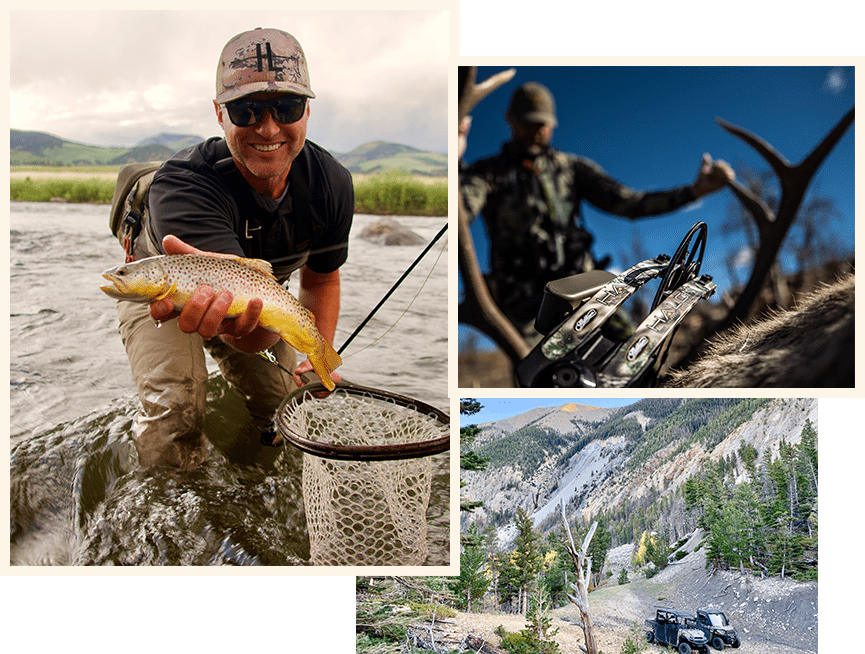Wildlife management is an essential part of ranch ownership. Have you ever wondered why there are incentives for putting portions of big ranches into conservation easements? Government agencies use this legal vehicle to encourage healthy habitat for wildlife, including forest and water elements.
Funding comes from several means, hunting licenses the easiest to point out. Additionally, several fair chase rules help with the conservation initiatives. The goal is to conserve wildlife for future generations.
Here at Harrigan Land Co, we not only buy and sell ranches, but we live the ranch lifestyle.

What is Wildlife Management?
Wildlife management is a joint effort between government agencies, public/private partnerships, and individuals to manage wildlife. This includes everything from resource management, upkeep, access for both people and animals, as well as population management.
It’s the wildlife management agencies that produce hunting regulations. Hunting organizations and the public may voice opinions and make proposals at the agency meetings. Input consequently comes from a broad range of sources. Wildlife management agencies then oversee many facets of hunts and hunting practices.
Far from spontaneous, hunting expeditions are planned around hunting laws and regulations. Ponder why we have laws governing these areas and you will figure out the purposes of the laws.
- Hunting seasons set to avoid nesting and mating seasons
- There are limits to hunting methods and equipment
- Quantities of bagged animals are limited with wildlife management
- Wildlife agencies provide check stations to check up on your hunts
- Game tags are required
- Wildlife agencies publish safety guidelines
- Hunters may use bows and arrows, muzzle loaders or modern firearms
Fair Chase Rules Balance Hunter and Wildlife Skills
The conservation movement thinks hard about making sure the hunts they authorize respect both the hunter and the wildlife they pursue.
Do you know about the Fair Chase rules? Created to level the playing field, they attempt to balance the skills and equipment of the hunter with the abilities of each animal to escape. This is a deep subject. How can that balance be determined?
Fair chase rules encompass local laws and the mores of the region as well as the assessment of every hunter.
For example, the law eliminates advantages by banning things such as vehicles, airplanes, radios, and electronic calling. And, it is not lawful to corner wildlife inside a fenced area.
What is “fair” is also defined by each hunter and their ability. The emphasis is on self-restraint and developing skills. In the end, it is the expert hunter who may restrict their own technique. The novice may not have as many options.
Responsible Hunters and Wildlife Management
Most hunters are receptive to the laws imposed on the sport. This is known as hunting ethics. They represent only a small part of the population but they do have a positive impact on habitat.
These hunters help thin out animal populations as necessary. Receptive hunters encourage conservation by understanding the purposes of wildlife management regulations. Hunters should strive to understand these ethics and apply them to their craft.
Wildlife Management on Private Land
When you own a ranch, you’ll be responsible for developing a land management plan. These plans always include a section for the local wildlife. Creating a symbiotic relationship between private land and coveted wildlife.
Looking to buy a ranch? We are experienced land brokers who care about wildlife management in the American West. Contact us today.
Real Estate Agents – Large Western Ranches
Call Dave Harrigan or Hunter Harrigan at Harrigan Land Company in Sedalia, Colorado at (800) 524-1818. Specializing in large ranch and recreational properties


